Compliance Alert: How FINRA’s $175K Fine Highlights the Urgent Need for Enhanced Reporting Practices
Navigating Compliance: The FINRA $175K Wake-up Call for Reporting Violations
In an eye-opening move by the Financial Industry Regulatory Authority (FINRA), National Financial Services LLC found itself on the business end of a hefty $175,000 fine. Why? A slew of reporting violations that signal a much-needed wake-up call for institutions to tighten up on compliance practices.
The Heart of the Matter
At the core, this debacle revolves around the misreporting—or rather, the inaccurate reporting—of a hefty volume of short interest positions. Here’s where things get crunchy: FINRA Rule 4560 demands each firm keep a meticulous record of short positions, both for customers and themselves, reporting these bi-monthly. Slip-ups here don’t just mean paperwork headaches; they skew market sentiment and muddy the waters for investors and regulators trying to navigate them.
Why This Matters a Ton for Prime and Clearing Brokers
Prime Brokers: The Compliance Conundrum
For prime brokers, this scenario is a stark reminder of the delicate dance they perform. They’re the linchpins connecting clients with the securities they seek, often involving complex strategies like short selling. A robust compliance tool isn’t just handy; it’s a lifeline. It means staying ahead of regulations like a champion, not scrambling to catch up.
Executing and Clearing Brokers: The Ripple Effect
Executing and clearing brokers face their own set of tunes. They’re the ones getting transactions across the finish line, and when reporting isn’t up to snuff, it’s not just a compliance slip. It’s a trust slip. With tools designed to navigate these compliance hurdles, they can steer clear of these ripples and maintain that golden trust with clients.
Detailed Mechanics of Short Interest Position
Reporting Short interest position reporting isn’t just a box-ticking exercise—it’s a precise science that demands meticulous attention to detail. Firms must report all short positions held in customer and proprietary firm accounts as of settlement date. This includes equity securities positions carried as short in the firm’s or customer accounts, even those resulting from “short sales” as defined in SEC Rule 200(a). The complexity lies in aggregating these positions across multiple accounts and ensuring that every position is properly marked and categorized. Firms often stumble when dealing with complex securities like ADRs or when determining whether certain synthetic positions should be included in their calculations.
Breaking Down FINRA Rule 4560 FINRA Rule 4560 serves as the backbone of short interest reporting requirements. At its core, the rule mandates that member firms maintain and report short positions in all customer and proprietary firm accounts in all equity securities. The bi-monthly reporting schedule—required as of settlement date and filed by 6:00 p.m. Eastern Time on the second business day after the reporting settlement date—creates a stringent timeline that firms must navigate. What makes this rule particularly challenging is its comprehensive scope: it covers not just straightforward short sales but also fails to deliver, options assignments, and securities transfers that result in short positions.
Critical Reporting Deadlines and Requirements The timing mechanism of short interest reporting operates like a well-oiled machine—or at least it should. Reports must be filed twice monthly: once for positions as of settlement date on the 15th of each month, and again for positions as of settlement date on the last business day of the month. But here’s where it gets intricate: firms must account for T+2 settlement when determining reportable positions. This means that trades executed two business days prior to the reporting date must be included in the current report, creating a complex calculation period that often catches firms off guard. Additionally, firms must maintain detailed records of their submissions for at least three years, with the first two years in an easily accessible place.
Common Reporting Pitfalls The road to accurate short interest reporting is littered with potential pitfalls that have tripped up even seasoned firms. One frequent stumbling block is the misclassification of certain types of transactions as non-reportable when they should be included. For instance, firms sometimes incorrectly exclude short positions resulting from options assignments or fail to aggregate positions across different trading desks or systems. Another common error occurs when firms rely too heavily on automated systems without proper reconciliation processes, leading to systematic reporting errors that can persist undetected for months or even years. The challenge of maintaining accurate position data across multiple systems and platforms adds another layer of complexity, particularly for firms dealing with high trading volumes or complex investment strategies.
A Deeper Dive: The Prime Benefits of Compliance Tech
Loffa Interactive Group has thrown its hat into the ring, offering an olive branch to institutions treading these turbulent waters. Their Prime Broker Interactive Network (PBIN) isn’t just a tool; it’s a lifeline for firms navigating the prime brokerage agreement maze and ensuring they’re on the up and up with regulations.
Market Transparency and Its Ripple Effects
When firms misreport short interest positions, they’re not just making a clerical error—they’re creating distortions in market transparency that can have far-reaching consequences. Short interest data serves as a crucial market indicator that investors, analysts, and regulators rely on to gauge market sentiment and potential price movements. When this data is inaccurate, it’s like having a faulty gauge on your dashboard—you might think you’re operating within safe parameters when you’re actually heading for trouble. Major institutional investors often base their trading strategies on short interest levels, using this data to identify potential short squeezes or evaluate market skepticism about particular securities. When these numbers are wrong, it can trigger a cascade of misinformed trading decisions across the market.
The Domino Effect on Market Participants The impact of misreported short interest positions spreads through the market like ripples in a pond. Prime brokers, who rely on accurate position reporting to manage their risk exposure and lending operations, might miscalculate their available lending inventory. This can lead to inefficient allocation of securities lending resources and potentially impact borrowing costs across the market. Executing brokers might find themselves caught in the middle, facing challenges in managing their clients’ expectations and maintaining trading relationships when position discrepancies come to light. Meanwhile, clearing firms must deal with the operational headaches of reconciling conflicting position information, potentially leading to settlement delays and increased operational costs.
Investor Confidence in the Crosshairs Perhaps the most significant impact of reporting violations is their effect on investor confidence. When major firms face substantial fines for reporting violations, it doesn’t just damage their own reputation—it chips away at the foundation of trust that underpins our financial markets. Retail investors, already skeptical of market fairness, may view such violations as further evidence that the deck is stacked against them. Institutional investors, while more sophisticated in their understanding of market mechanics, may need to allocate additional resources to verify and validate market data they previously took at face value. This erosion of trust can lead to increased transaction costs as market participants build additional verification steps into their processes.
Market Efficiency Under Pressure The efficiency of our markets relies heavily on the accuracy of available information. When short interest reporting falls short, it creates friction in the price discovery process. Market makers may adjust their pricing models based on incorrect short interest data, leading to temporary mispricings that ripple through related securities and derivatives. The impact on market efficiency isn’t just theoretical—it can manifest in wider bid-ask spreads, reduced liquidity in affected securities, and increased volatility as the market adjusts to corrected information. These efficiency drags come with real costs: higher trading expenses, missed opportunities, and increased risk management challenges for all market participants.
The collective impact of these effects underscores why FINRA takes reporting violations so seriously. The $175,000 fine mentioned in our case study isn’t just about punishing one firm’s oversight—it’s about maintaining the integrity of a complex ecosystem where accurate information serves as the lifeblood of efficient markets.
The Nitty-Gritty on PBIN
It’s about making life simpler, clearer, and less penalty-prone. Think less red tape, more green lights. PBIN takes the guesswork out of form management, from F1SA to SIA forms. It’s the kind of backup that says, “Hey, we got this,” letting brokers focus on what they do best—brokering killer deals without the compliance nightmares.
The Freefunds Verified Direct (FVD) Plus
Then there’s the FVD—Freefunds Verified Direct. This isn’t just another acronym to add to the mix. It’s about smoothing out the kinks in verifying trading funds, making sure everything’s squared away with Regulation T. What’s it mean? It means peace of mind that you’re trading on the level, every time.
Wrapping It Up
When FINRA comes knocking with a $175K wake-up call like it did for National Financial, it’s not just about the money. It’s a signal flare for the industry, highlighting the irreplaceable value of robust compliance practices backed by cutting-edge tech. Leveraging platforms like those offered by Loffa Interactive Group isn’t just smart; it’s business-critical. It’s about embracing the tech that keeps you in the clear, keeping both regulators and clients smiling. So, for prime, executing, and clearing brokers alike, the message is crystal: Invest in compliance tech, and make it yesterday.




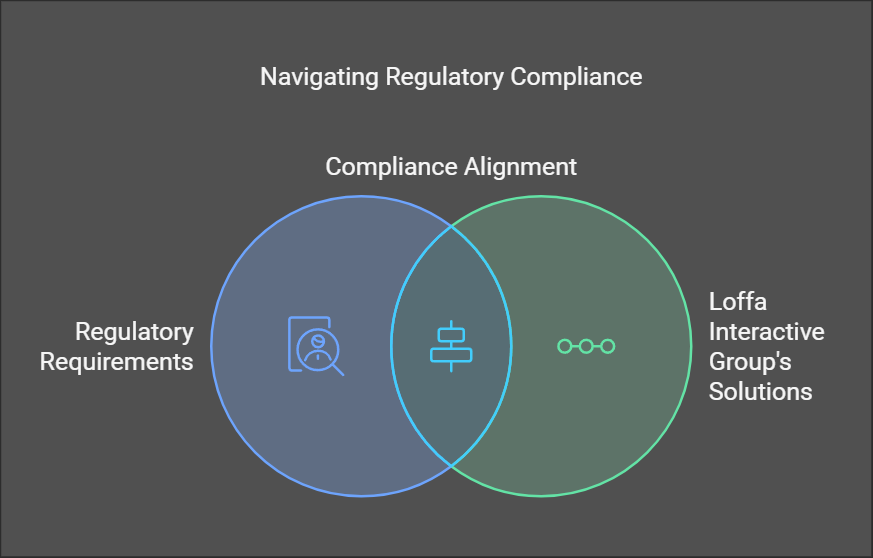
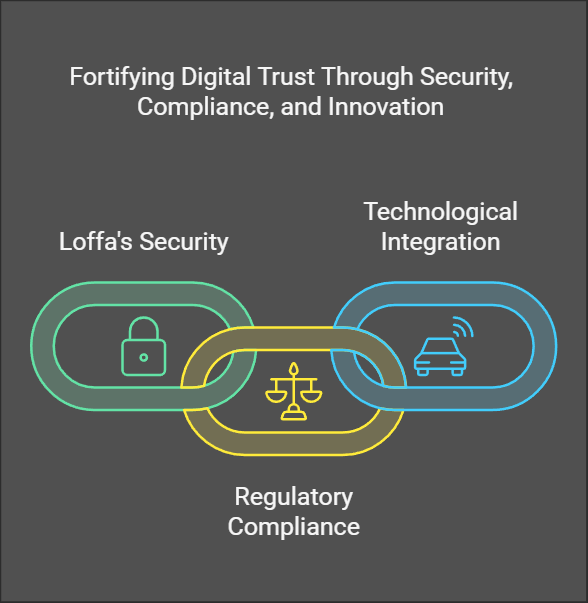
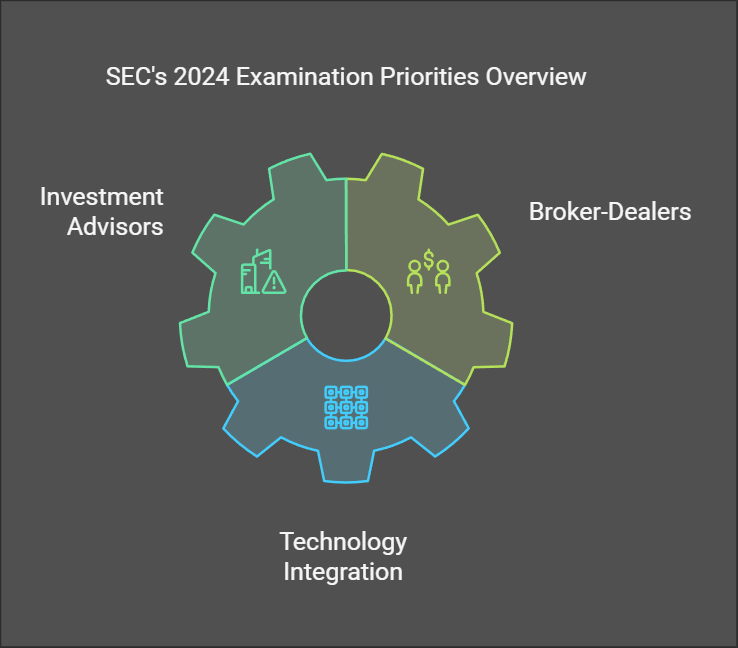
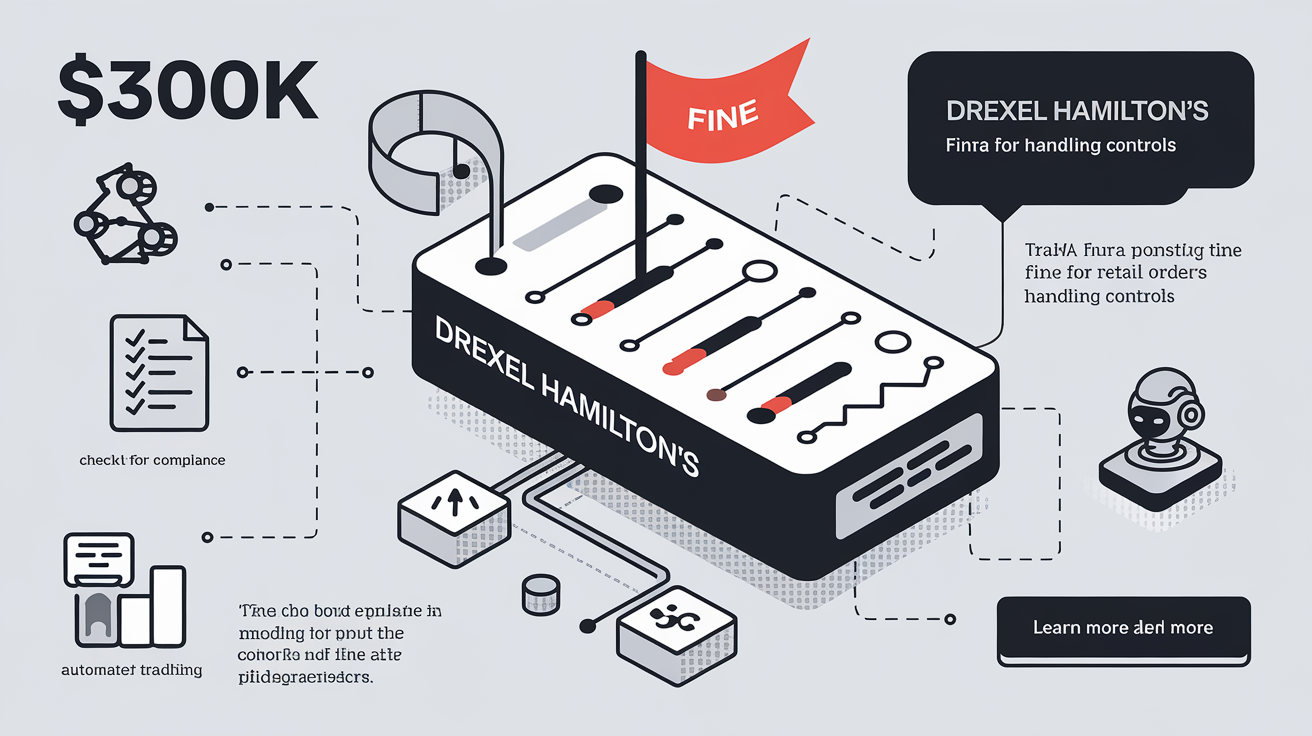
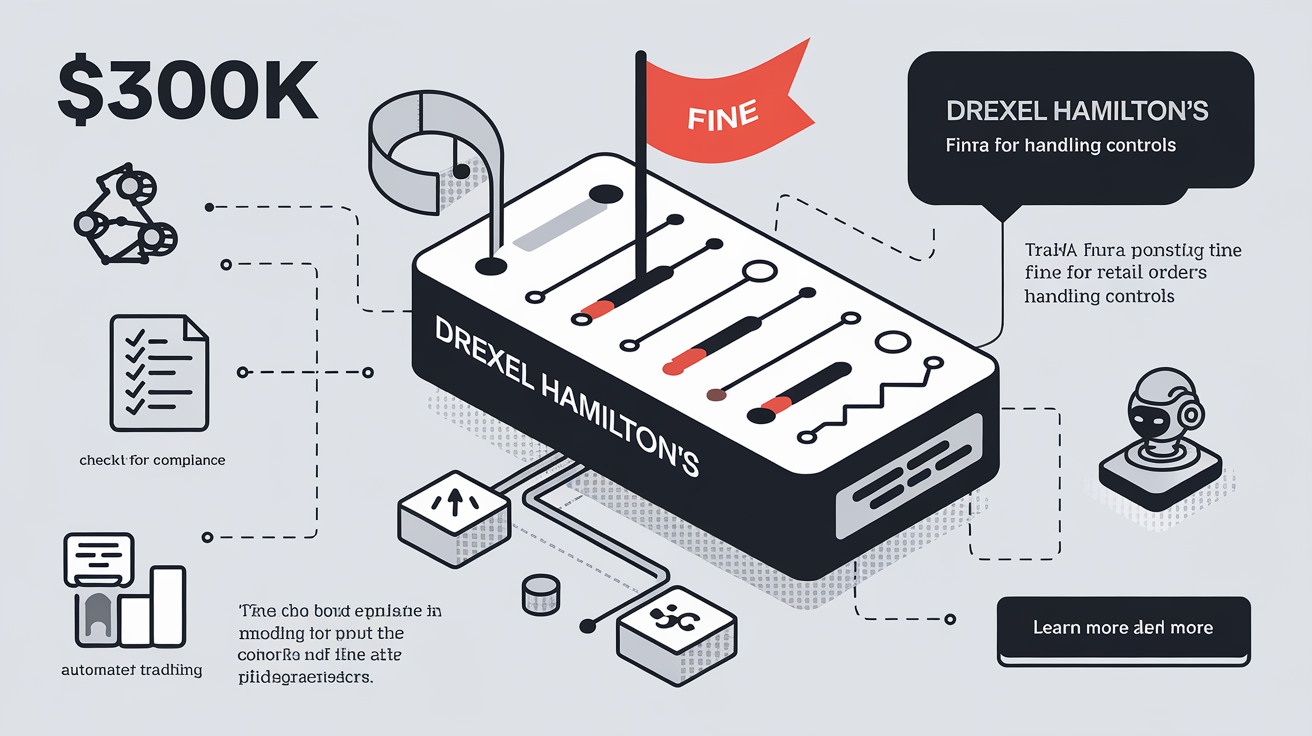 In an eye-opening enforcement action, FINRA slapped Drexel Hamilton, LLC with a $300,000 fine for not quite hitting the mark in their retail orders handling for municipal bonds. This move underscores the non-negotiable necessity of foolproof compliance measures. Falling short isn’t just a slap on the wrist—it carries serious repercussions.
In an eye-opening enforcement action, FINRA slapped Drexel Hamilton, LLC with a $300,000 fine for not quite hitting the mark in their retail orders handling for municipal bonds. This move underscores the non-negotiable necessity of foolproof compliance measures. Falling short isn’t just a slap on the wrist—it carries serious repercussions.